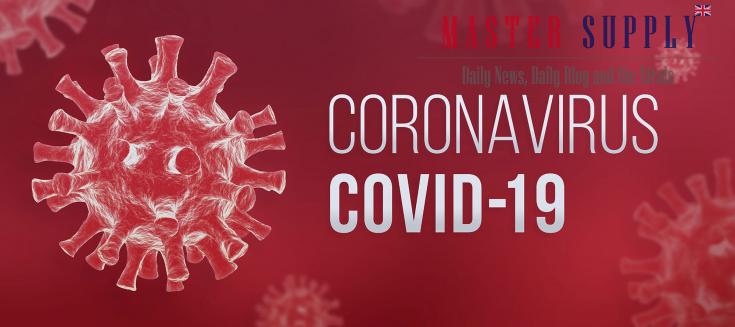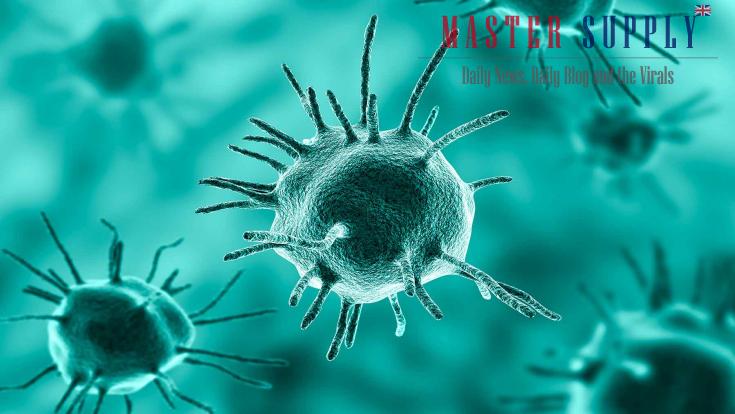
Among the infectious parasites are the protozoans, unicellular organisms that have no cell wall, that cause such diseases as malaria. The various species of malarial parasites are about 4 micrometres (0.0002 inch) in diameter. At the other extreme, the tapeworm can grow to several metres in length; treatment is designed either to kill the worm or to dislodge it from its host.
The worm Ascaris lumbricoides causes ascariasis, one of the most prevalent infections in the world. Ascaris lives in the soil, and its eggs are ingested with contaminated food. The eggs hatch in the human intestine, and the worms then travel through the bloodstream to the liver, heart, and lungs. They can cause pneumonia, perforations of the intestine, or blockage of the bile ducts, but infected people usually have no symptoms beyond the passage of worms in the stool. Specific treatment is available and prognosis is excellent.
Infections are also caused by whipworms, genus Trichuris, and pinworms, Enterobius vermicularis, each popularly named for its shape. The former is parasitic in the human large intestine and may cause chronic diarrhea. The latter can be found throughout the gastrointestinal tract, especially in children, and can cause poor appetite, loss of weight, anemia, and itching in the anal area (where it lays its eggs). Both conditions are easily diagnosed and treated with drugs.

Modes of survival
Infectious agents have various methods of survival. Some depend on rapid multiplication and rapid spread from one host to another. For example, when the measles virus enters the body, it multiplies for a week or two and then enters the bloodstream and spreads to every organ. For several days before a rash appears, the surface cells of the respiratory tract are bursting with measles virus, and vast quantities are shed every time the infected person coughs or sneezes. A day or two after the rash appears, the amount of antibody (protein produced in response to a pathogen) rises in the bloodstream, neutralizing the virus and stopping further shedding. The patient rapidly becomes noninfectious but already may have spread the virus to others. In this way an epidemic can rapidly occur. Many other infectious agents—for example, influenza virus—survive in this manner. How such viruses exist between epidemics is, in some cases, less clear.
In tuberculosis there is neither overwhelming multiplication nor rapid shedding of the tubercle bacillus. Rather, the bacilli remain in the infected person’s body for a long period, slowly forming areas of chronic inflammation that may from time to time break down and allow them to escape.
Some organisms form spores, a resting or dormant stage that is resistant to heat, cold, drying, and chemical action. Spore-forming organisms can survive for months or years under the most adverse conditions and may not, in fact, be highly infectious. The bacterium that causes tetanus, Clostridium tetani, is present everywhere in the environment—in soil, in dust, on window ledges and floors—and yet tetanus is an uncommon disease, especially in developed countries. The same is true of the anthrax bacterium, Bacillus anthracis. Although usually present in abundance in factories in which rawhides and animal wool and hair are handled, it rarely causes anthrax in employees. Clostridium botulinum, the cause of botulism, produces one of the most lethal toxins that can afflict humans, and yet the disease is one of the rarest because the microorganism depends for its survival on its resistant spore.
In contrast to these relatively independent organisms, there are others that cannot exist at all outside the human body. The germs of syphilis and gonorrhea, for example, depend for survival on their ability to infect and their adaptation to the human environment.
Some organisms have complicated life cycles and depend on more than one host. The malarial parasite must spend a portion of its life cycle inside a mosquito, while the liver fluke Fasciola hepatica, an occasional human parasite, spends part of its life in the body of a land animal such as a sheep, part in a water snail, and part in the open air as a cyst attached to grass.
Commensal organisms
All of the outer surfaces of the human body are covered with agents that normally do no harm and may, in fact, be beneficial. Those commensal organisms on the skin help to break down dying skin cells or to destroy debris secreted by the many minute glands and pores that open on the skin. Many of the organisms in the intestinal tract break down complex waste products into simple substances, and others help in the manufacture of chemical compounds that are essential to human life.
The gastrointestinal tract is considered in this regard to be one of these “outer” surfaces since it is formed by the intucking, or invagination, of the ectoderm, or outer surface, of the body. The mouth, nose, and sinuses (spaces inside the bones of the face) are also considered to be external structures because of their direct contact with the outside environment. Both the gastrointestinal tract and the mouth, nose, and sinuses are heavily populated with microorganisms, some of which are true commensals—living in humans and deriving their sustenance from the surface cells of the body without doing any harm—and others of which are indistinguishable from disease germs. The latter may live like true commensals in a particular tract in a human and never cause disease, despite their potential to do so. When the environment is altered, however, they are capable of causing severe illness in their host, or, without harming their host, they may infect another person with a serious disease.
It is not known why, for example, the hemolytic streptococcus bacterium can live for months in the throat without causing harm and then suddenly cause an acute attack of tonsillitis or how an apparently harmless pneumococcus gives rise to pneumonia. Similarly, it is not understood how a person can harmlessly carry Haemophilus influenzae type B in the throat but then become ill when the organism invades the body and causes one of the most severe forms of meningitis. It may be that external influences, such as changes in temperature or humidity, are enough to upset the balance between host and parasite or that a new microbial invader enters and, by competing for some element in the environment, forces the original parasite to react more violently with its host. The term lowered resistance, often used to describe conditions at the onset of infectious disease, is not specific and simply implies any change in the immune system of the host.

